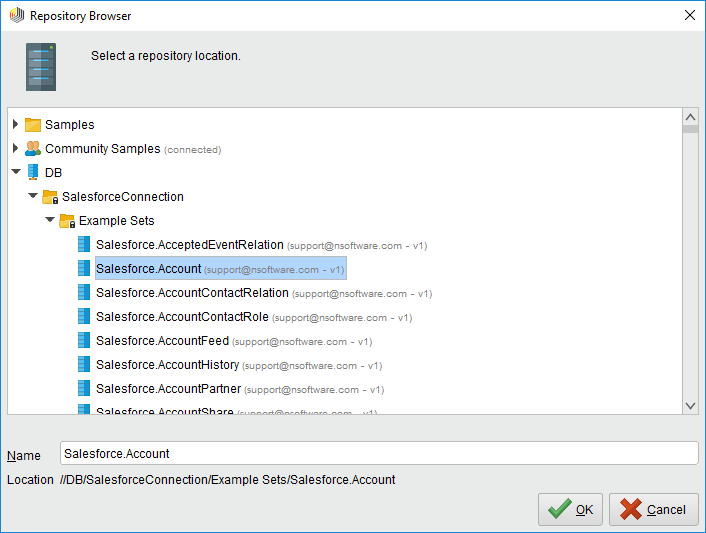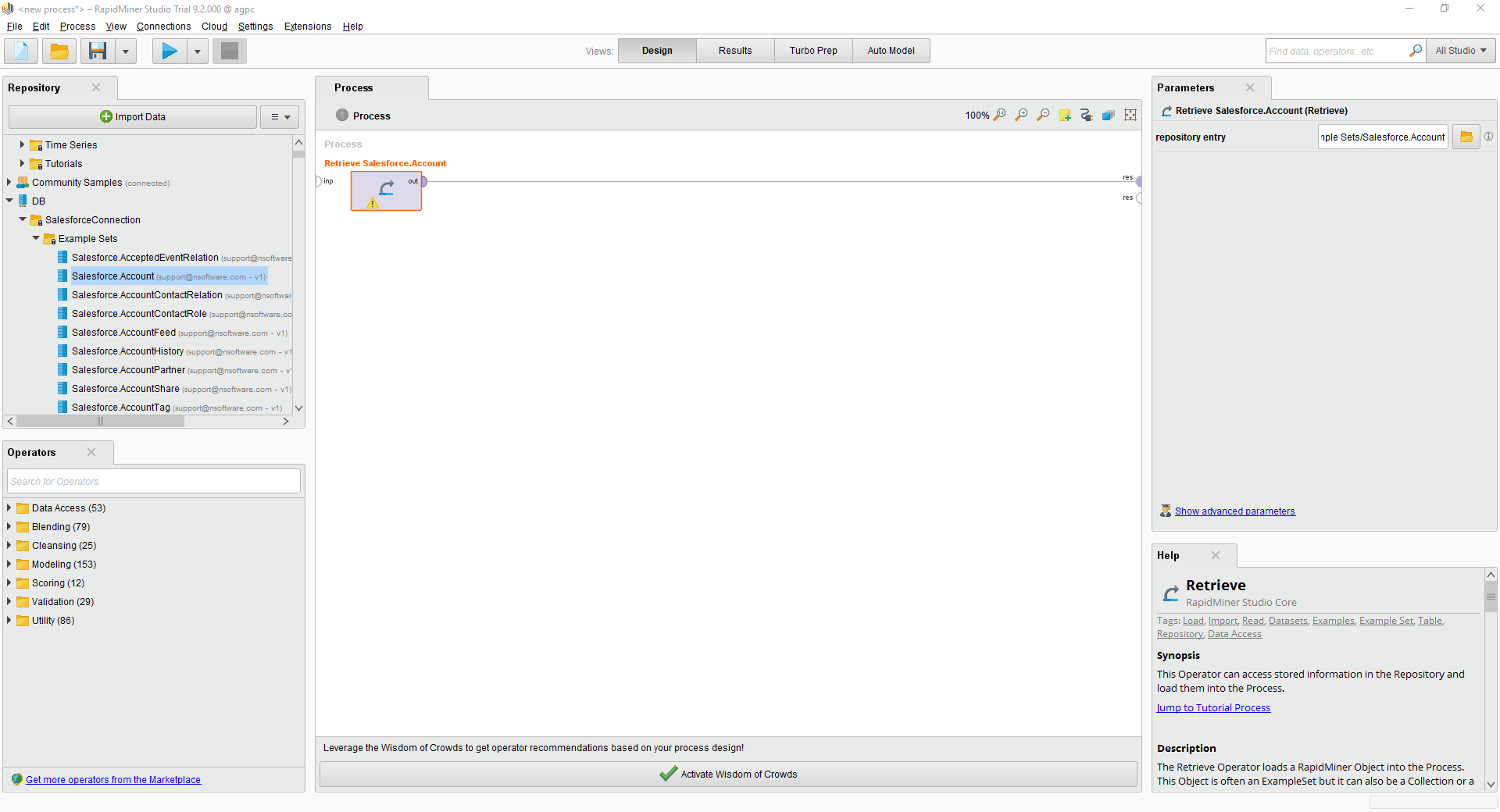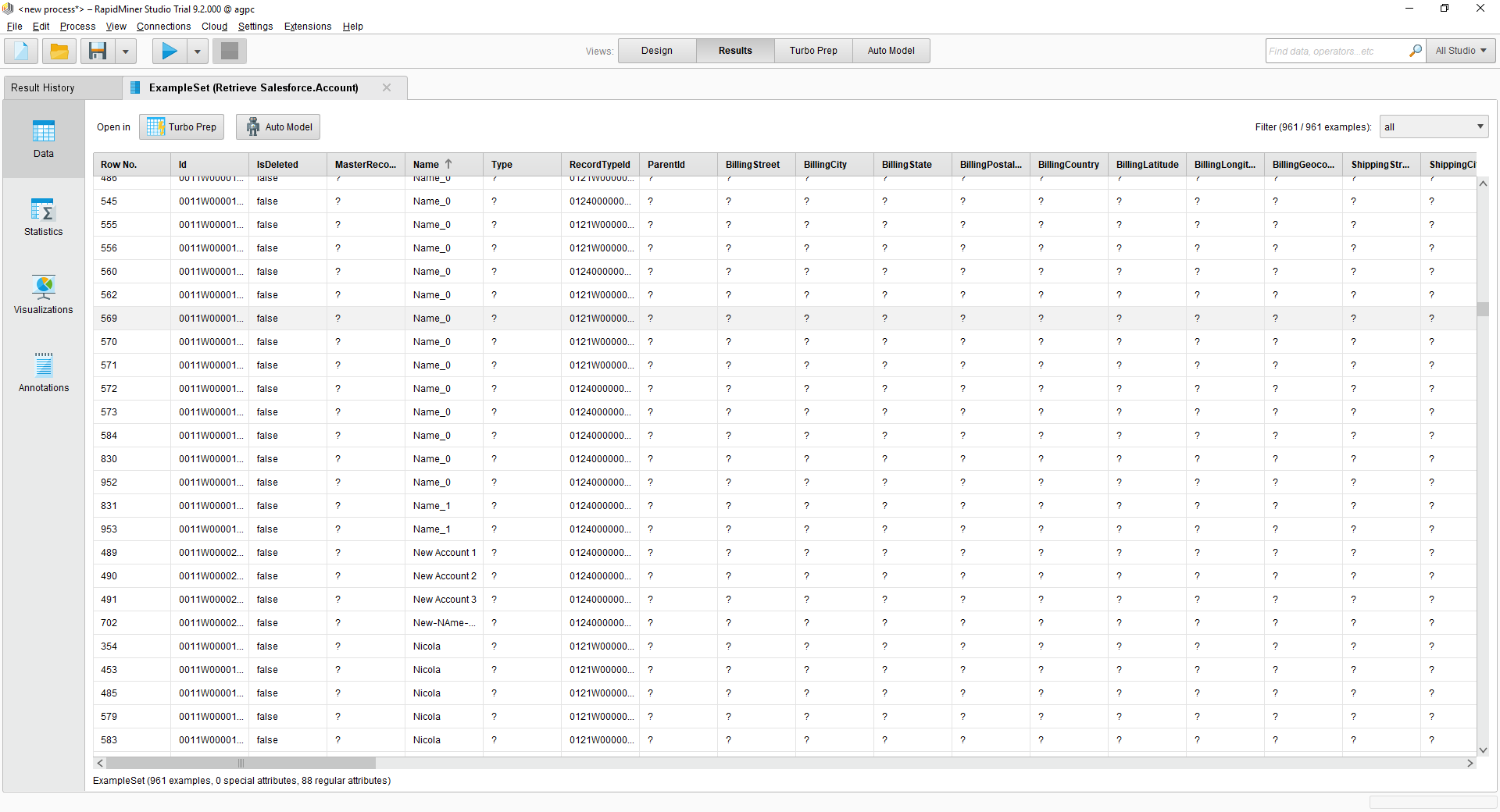Discover how a bimodal integration strategy can address the major data management challenges facing your organization today.
Get the Report →Connect to XML Data in RapidMiner
Integrate XML data with standard components and data source configuration wizards in RapidMiner Studio.
This article shows how you can easily integrate the CData JDBC driver for XML into your processes in RapidMiner. This article uses the CData JDBC Driver for XML to transfer XML data to a process in RapidMiner.
Connect to XML in RapidMiner as a JDBC Data Source
You can follow the procedure below to establish a JDBC connection to XML:
- Add a new database driver for XML: Click Connections -> Manage Database Drivers.
- In the resulting wizard, click the Add button and enter a name for the connection.
- Enter the prefix for the JDBC URL:
jdbc:xml: - Enter the path to the cdata.jdbc.xml.jar file, located in the lib subfolder of the installation directory.
- Enter the driver class:
cdata.jdbc.xml.XMLDriver![The JDBC driver configuration. (Salesforce is shown.)]()
- Create a new XML connection: Click Connections -> Manage Database Connections.
- Enter a name for your connection.
- For Database System, select the XML driver you configured previously.
- Enter your connection string in the Host box.
See the Getting Started chapter in the data provider documentation to authenticate to your data source: The data provider models XML APIs as bidirectional database tables and XML files as read-only views (local files, files stored on popular cloud services, and FTP servers). The major authentication schemes are supported, including HTTP Basic, Digest, NTLM, OAuth, and FTP. See the Getting Started chapter in the data provider documentation for authentication guides.
After setting the URI and providing any authentication values, set DataModel to more closely match the data representation to the structure of your data.
The DataModel property is the controlling property over how your data is represented into tables and toggles the following basic configurations.
- Document (default): Model a top-level, document view of your XML data. The data provider returns nested elements as aggregates of data.
- FlattenedDocuments: Implicitly join nested documents and their parents into a single table.
- Relational: Return individual, related tables from hierarchical data. The tables contain a primary key and a foreign key that links to the parent document.
See the Modeling XML Data chapter for more information on configuring the relational representation. You will also find the sample data used in the following examples. The data includes entries for people, the cars they own, and various maintenance services performed on those cars.
Built-in Connection String Designer
For assistance in constructing the JDBC URL, use the connection string designer built into the XML JDBC Driver. Either double-click the JAR file or execute the jar file from the command-line.
java -jar cdata.jdbc.xml.jarFill in the connection properties and copy the connection string to the clipboard.
![Using the built-in connection string designer to generate a JDBC URL (Salesforce is shown.)]()
A typical connection string is below:
URI=C:/people.xml;DataModel=Relational; - Enter your username and password if necessary.
![The connection to the JDBC data source. (Salesforce is shown.)]()
You can now use your XML connection with the various RapidMiner operators in your process. To retrieve XML data, drag the Retrieve operator from the Operators view.
 With the Retrieve operator selected, you can then define which table to retrieve in the Parameters view by clicking the folder icon next to the "repository entry." In the resulting Repository Browser, you can expand your connection node to select the desired example set.
With the Retrieve operator selected, you can then define which table to retrieve in the Parameters view by clicking the folder icon next to the "repository entry." In the resulting Repository Browser, you can expand your connection node to select the desired example set.

Finally, wire the output to the Retrieve process to a result, and run the process to see the XML data.










